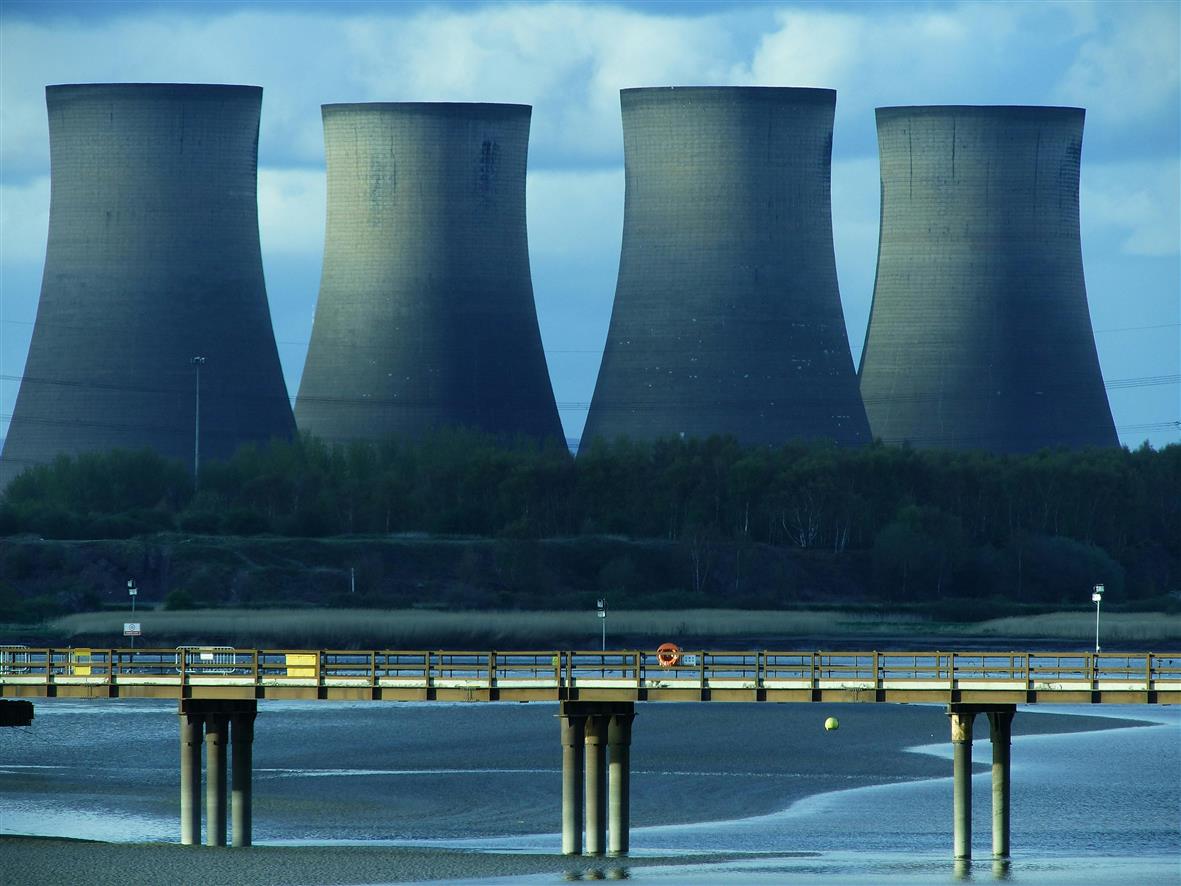
Over the last two decades, climate change has shifted from a distant concern to an immediate force impacting nearly every aspect of the global economy. Among the sectors feeling its weight most acutely is the insurance industry. Long accustomed to using historical data to model risk, insurers are now navigating an era in which the past is no longer a reliable guide for the future.
Increasingly volatile weather, growing losses from natural catastrophes, and the uncertainty surrounding future climate policies are pressuring insurers to rethink everything from pricing models to risk pools. The global insurance market, once built on predictability, is being forced into a new reality where unpredictability is the rule.
A Surge in Weather-Related Claims
In recent years, the world has seen a dramatic uptick in climate-related disasters: hurricanes are more intense, wildfires are spreading further, floods are hitting regions previously thought safe. These events are not only more frequent, but also more expensive. According to global reinsurers, weather-related disasters now account for more than 80% of insured catastrophe losses—an enormous increase from even two decades ago.
This trend isn’t confined to any one region. The United States has suffered repeated multibillion-dollar hurricanes. Europe has faced heatwaves and flash flooding. Australia and Canada have battled massive wildfires. Developing countries are also feeling the strain, often without the insurance coverage needed to recover.
For insurers, these growing losses aren’t just costly—they threaten the core business model. Premiums that were set based on historical loss data are no longer adequate to cover the risks. That’s prompting a reevaluation of how climate risk is measured and priced.

Repricing Risk in an Era of Climate Instability
One of the most direct impacts of climate change on insurance markets is the repricing of risk. In many places, the cost of insuring property is rising sharply. Some homeowners in high-risk areas—such as coastal Florida, parts of California, or flood-prone regions in the UK—are seeing premiums skyrocket or being dropped by their insurers altogether.
Reinsurers, the companies that insure insurers, are also raising prices or pulling back from the riskiest markets. This in turn pushes costs higher for frontline insurers, creating a cascade effect that reaches consumers and businesses.
In response, insurers are adopting more advanced models that incorporate climate projections, not just historical averages. Satellite data, climate simulations, and even artificial intelligence are being used to assess risk more dynamically. While these tools offer better insight, they also reveal just how uncertain the future has become.
Retreat from High-Risk Markets
Perhaps the most concerning trend is the quiet but growing retreat from high-risk areas. In some U.S. states, major insurers have stopped writing new policies altogether in regions prone to wildfires or hurricanes. In Australia, insurers are reconsidering their exposure to areas repeatedly hit by floods.
This retreat has real consequences. Without private insurance, property owners may be left relying on government-backed programs, which are often underfunded or politically fragile. In some regions, people are becoming effectively uninsurable—not because they’ve done anything wrong, but because climate risk has rendered their location too expensive to cover.
This raises broader questions about fairness and equity. Climate risk isn’t distributed evenly. Lower-income households and vulnerable communities are more likely to live in high-risk areas and less likely to afford rising premiums. As insurers pull back, the burden shifts to individuals and public systems.

Pressure on Governments and Regulators
The growing strain on insurance markets is putting pressure on policymakers to act. In some countries, governments are stepping in to offer insurance backstops, cap premiums, or subsidize coverage for at-risk populations. These interventions can provide short-term relief but often struggle to keep up with the scale of the problem.
Regulators, too, are playing a more active role. Financial authorities in Europe, North America, and parts of Asia are beginning to require insurers to stress-test their portfolios against various climate scenarios. Some are pushing for greater transparency around how insurers account for climate risk.
However, there’s a tension between ensuring solvency and maintaining access. If insurers are forced to recognize the full extent of climate risk, premiums may become unaffordable for many. If regulators intervene too aggressively to limit costs, insurers may exit markets altogether.
Balancing these goals—resilience, fairness, and access—will be a major challenge in the coming years.
Climate Risk and Investment Portfolios
Insurers are not only under pressure on the claims side of the business. As large institutional investors, they also face risks in their asset portfolios. Climate-related losses in real estate, energy, and infrastructure could weaken the value of assets backing insurance liabilities.
Many insurers are beginning to shift their investment strategies, reducing exposure to carbon-intensive industries and integrating environmental risk into their underwriting and investment decisions. Some are adopting more climate-aware benchmarks or investing in green bonds and renewable energy projects.
Yet this transition is uneven. While European insurers have moved more aggressively toward climate-aligned portfolios, others—particularly in the U.S. and Asia—are moving more slowly, constrained by political uncertainty and market inertia.
The Role of Technology and Adaptation
As climate risks mount, the insurance industry is looking for ways to adapt beyond just raising prices or exiting markets. One emerging approach is to promote risk mitigation through better design, construction, and land-use planning.
For example, some insurers now offer discounts for homes with fire-resistant materials, elevated foundations, or storm-proof roofs. Others are working with governments to improve zoning laws, promote green infrastructure, or relocate communities from high-risk zones.
Technology is playing a role here. Advanced modeling, remote sensing, and early warning systems can help reduce exposure before disaster strikes. Insurance isn’t just about compensation anymore—it’s about prevention.
Still, adaptation efforts are often localized and fragmented. A comprehensive response requires coordination among insurers, governments, builders, and communities. The industry can play a leadership role, but it cannot do it alone.

Looking Ahead: A Market Redefined
The global insurance market is at a crossroads. Climate change is not a passing challenge—it is a defining force that will reshape the industry for decades. For insurers, this means building new models, finding new ways to spread risk, and engaging with policymakers and customers in a deeper, more transparent way.
For society at large, the stakes are even higher. Insurance is a foundation of modern economic life. Without it, homes can’t be mortgaged, businesses can’t invest, and communities struggle to rebuild after disaster. If climate change undermines the insurability of large parts of the world, the consequences will ripple far beyond the industry itself.
There is still time to adapt. But doing so will require hard decisions, new tools, and a rethinking of what insurance means in an age of growing environmental risk. The climate is changing, and the market must change with it.






